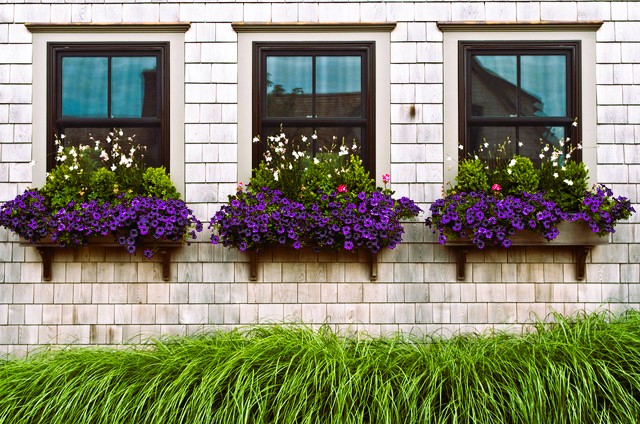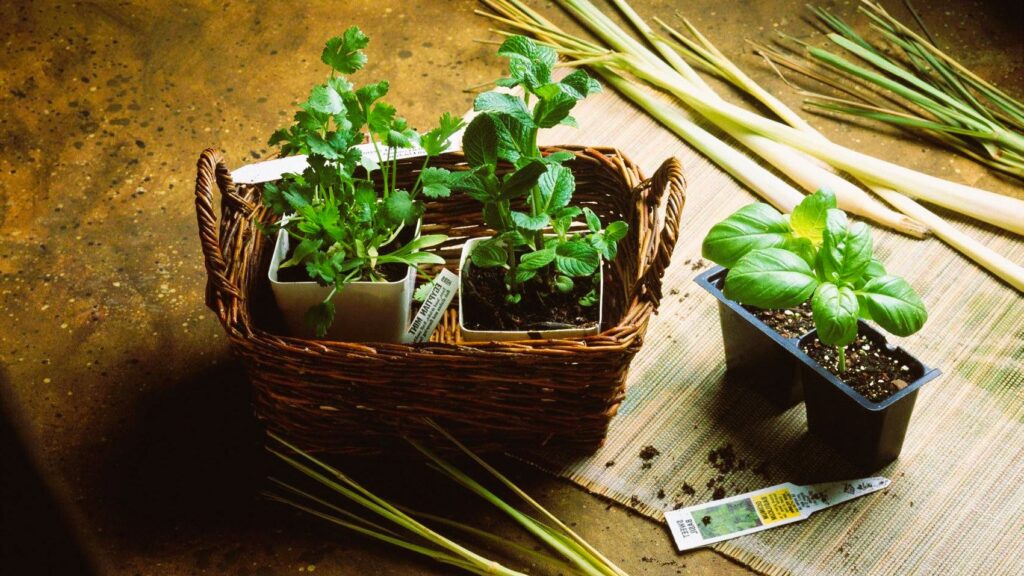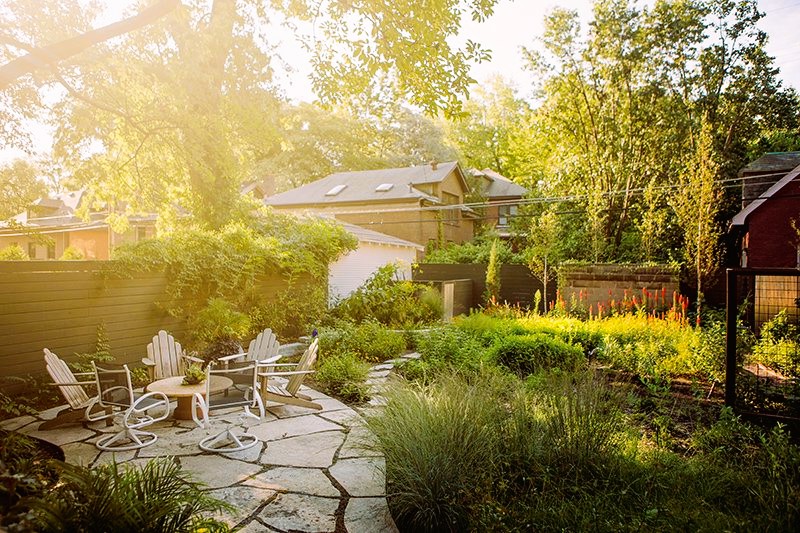Gardening enthusiasts in Canada often face the challenge of adapting to the country’s diverse climate and unpredictable weather conditions. However, with proper planning and knowledge of four-season planting techniques, it is possible to create a year-round garden that brings beauty and enjoyment throughout the seasons. In this article, we will explore valuable tips and strategies for successful four-season planting in Canada, allowing you to embrace the joys of gardening regardless of the time of year.
- Understanding Your Hardiness Zone
Before embarking on your four-season planting journey, it’s crucial to understand the hardiness zone specific to your location in Canada. The country encompasses a wide range of climates, from the cool coastal regions of British Columbia to the harsh winters of the Prairies and the hot summers of Ontario and Quebec. Consult the Plant Hardiness Zone Map for Canada to determine the plants that are best suited for your region’s temperature and frost patterns.
- Embracing Native and Adapted Plants

Native and adapted plants are well-suited to the local climate and soil conditions, making them ideal choices for four-season planting. Research the native plant species in your area and incorporate them into your garden. These plants have evolved to thrive in the local ecosystem and are more resistant to pests, diseases, and extreme weather conditions.
- Planning for Seasonal Interest
To achieve year-round beauty, plan your garden with seasonal interest in mind. Select plants that offer visual appeal during each season. Spring-blooming bulbs like tulips and daffodils bring vibrant colors after a long winter, while summer perennials such as lilies and coneflowers provide a riot of colors and attract pollinators. Fall foliage plants like maple trees and ornamental grasses create stunning displays, and evergreen shrubs or winter-flowering plants ensure visual interest during the colder months.
- Extending the Growing Season with Greenhouses and Cold Frames
In regions with shorter growing seasons, consider utilizing greenhouses or cold frames to extend the growing season. These structures create a protected environment that allows you to start seeds earlier in spring and continue growing plants well into fall. With proper insulation and ventilation, you can successfully cultivate a wider variety of plants and extend their lifespan.
- Incorporating Seasonal Containers and Hanging Baskets
Seasonal containers and hanging baskets offer flexibility and versatility in your garden. Plant them with seasonal annuals or perennials to provide bursts of color and interest throughout the year. In spring and summer, fill your containers with bright flowers like petunias, geraniums, or begonias. Transition to fall with mums, ornamental kale, or pansies, and consider winter-friendly options like evergreen shrubs, winter pansies, or ornamental grasses to maintain visual appeal during the colder months.
- Planning for Winter Interest
Winter does not mean your garden has to lose its appeal. Plan for winter interest by incorporating elements such as ornamental grasses, evergreen shrubs, and trees with interesting bark or colorful berries. Consider adding hardscape features like decorative fencing, trellises, or sculptures to create focal points and visual interest. You can also hang bird feeders or install a birdbath to attract winter birds and add life to your garden. Incorporating Window Boxes and Planters: Elevating Your Landscape.
- Protecting Plants from Harsh Weather
Canadian winters can be particularly challenging for plants. Protect your garden from extreme cold, heavy snow, and freezing winds by providing adequate mulching around the base of plants to insulate the roots. Use burlap or protective covers to shield more vulnerable plants from harsh winds. Additionally, ensure proper drainage to prevent waterlogging during thawing periods.
- Implementing Sustainable Gardening Practices
Sustainable gardening practices not only benefit the environment but also contribute to the success of your year-round garden. Collect rainwater for irrigation, compost organic waste for nutrient-rich soil amendments, and use organic fertilizers and pest control methods. Practice proper garden cleanup to prevent the spread of diseases and pests, and consider creating habitat areas for beneficial insects and wildlife.
- Continual Maintenance and Care

Maintaining a year-round garden requires consistent attention and care. Regularly assess your plants’ health, prune as needed, remove spent flowers, and monitor for pests and diseases. Adjust watering schedules based on seasonal requirements and be prepared to provide supplemental watering during dry periods. Stay proactive to ensure the longevity and vitality of your garden.
Conclusion
Creating a year-round garden in Canada is an exciting and rewarding endeavor. By understanding your hardiness zone, selecting appropriate plants, planning for seasonal interest, utilizing structures like greenhouses, incorporating containers and hanging baskets, and implementing sustainable practices, you can enjoy a thriving garden that delights you throughout the year. Embrace the beauty of each season and adapt your gardening techniques accordingly, and soon you will experience the joy of a vibrant and ever-changing landscape that reflects the unique character of Canada’s diverse climates.

